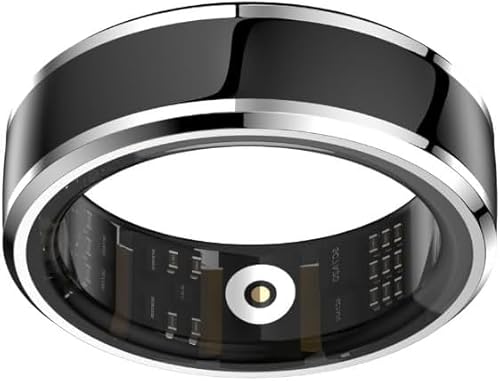I have had 2 lab draws recently within a short time after or before testing with my INRatio. The first was early on Friday, June 7, and my INR was 3.4. Had a colonoscopy and late that afternoon was at an ER with appendicitis. My INR on a lab draw was 3.4 before they started reversing anticoagulation with vitamin K & FFP.
The morning of Tuesday, June 18, my INR was 2.9 on a lab draw and when I got home about 3 p.m., it was 2.9 on my INR.
Those tests were not immediately back to back, but they were close enough to make me feel comfortable with my INRatio. When I have tested against the CoaguChek in my family doctor's practice, it was only 0.1 different.
The morning of Tuesday, June 18, my INR was 2.9 on a lab draw and when I got home about 3 p.m., it was 2.9 on my INR.
Those tests were not immediately back to back, but they were close enough to make me feel comfortable with my INRatio. When I have tested against the CoaguChek in my family doctor's practice, it was only 0.1 different.





















